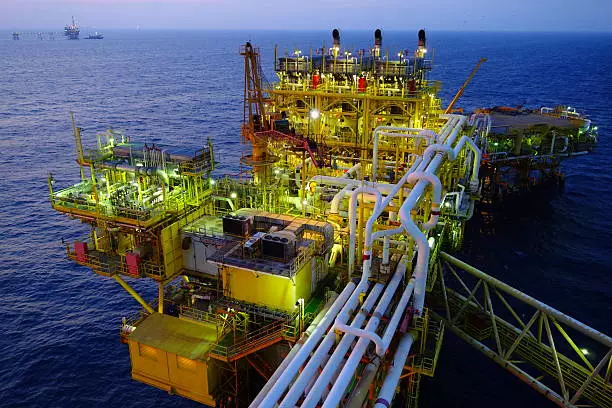The Brent crude oil market has recently experienced a notable downturn, with prices hitting a low of $73.92. This decline marks a significant drop of over 9% since January 15, 2025. The substantial decrease has been particularly influenced by external market factors, including geopolitical tensions and internal policies from the U.S. government. As oil is a critical global commodity, fluctuations in its price can have far-reaching implications not only for producers but also for consumers and international markets.
One of the primary drivers of the bearish trend in the Brent crude market can be attributed to the aggressive trade policies under President Donald Trump’s administration. The latest escalation in the U.S.-China trade war has created a climate of uncertainty, which tends to influence oil prices adversely. Additionally, the threat of increased tariffs on various countries compounds the existing pressure on oil commodity prices, reflecting the interconnectivity of global trade dynamics with energy markets.
Moreover, the U.S. has been witnessing a substantial increase in its oil inventory levels. This oversupply not only pushes prices down but also points to the potential for further reductions in production if demand continues to falter. Trump’s recent announcement to augment U.S. oil production amidst these conditions has generated mixed sentiments in the market, introducing further volatility to Brent crude prices.
Compounding the market’s woes, the U.S. Treasury Department has imposed new sanctions targeting individuals and tankers linked to Iranian crude oil shipments to China. These sanctions are designed to curtail Iranian oil exports but may inadvertently lead to even greater market instability, adding to the complex web of factors affecting Brent crude prices. Traders and analysts are left to navigate a tumultuous landscape, where external pressures, combined with increased regulatory constraints, create an environment ripe for price volatility.
From a technical analysis standpoint, the Brent crude oil price has approached a pivotal support level near $75 per barrel. This threshold had previously acted as a barrier against downward price movements, as evidenced by bullish activity that successfully breached resistance levels toward the end of 2024. However, the shift in market sentiment has seen this support level now potentially transform into resistance.
Despite the bearish momentum, indications from candlestick analysis suggest that buyers, or bulls, may still find opportunities to regain their footing within the $75 range. Conversely, the gradual rise of selling pressure, or bears, at lower price points indicates the possibility of a prolonged period of consolidation, as supply and demand mechanisms strive for equilibrium.
Considering the multitude of factors at play, the future trajectory of Brent crude prices remains uncertain. The emergence of a balancing dynamic in supply and demand could pave the way for some stabilization. Nevertheless, traders should remain vigilant, monitoring geopolitical developments and policy changes that could significantly impact market sentiment in the days to come.
Ultimately, while recent trends suggest potential for further declines, there exists a possibility that strategic shifts in trading behavior may provide some measure of resilience against ongoing volatility. As market participants assess these evolving scenarios, the imperative to remain informed and agile in their trading strategies cannot be understated.

